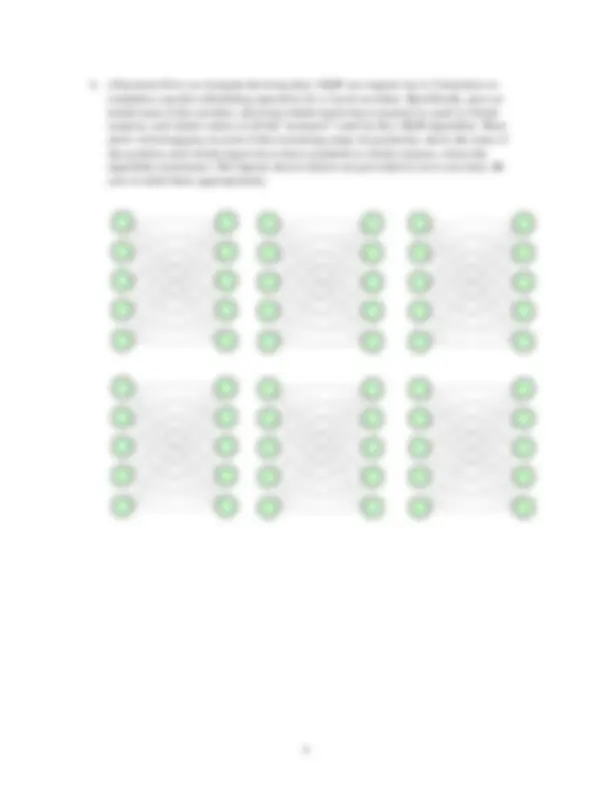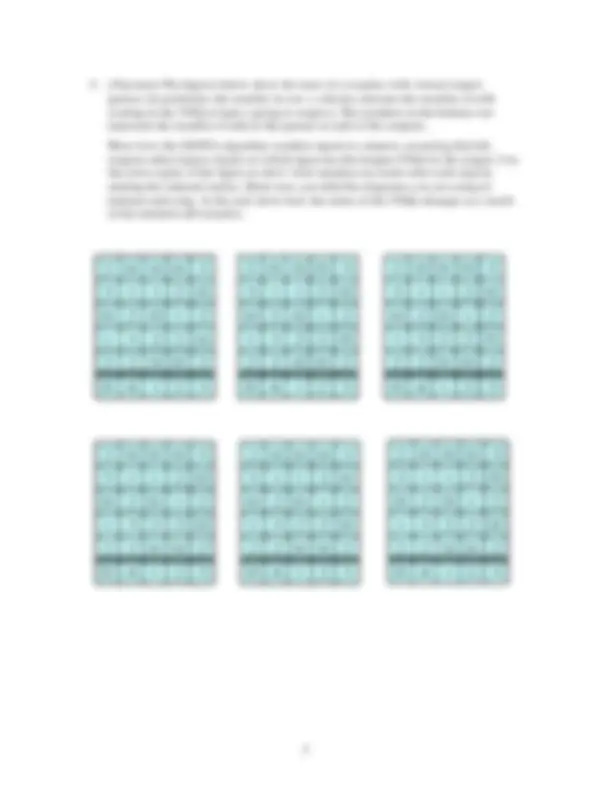






Study with the several resources on Docsity

Earn points by helping other students or get them with a premium plan


Prepare for your exams
Study with the several resources on Docsity

Earn points to download
Earn points by helping other students or get them with a premium plan
Community
Ask the community for help and clear up your study doubts
Discover the best universities in your country according to Docsity users
Free resources
Download our free guides on studying techniques, anxiety management strategies, and thesis advice from Docsity tutors
Exam questions for the course cs 577 - design and analysis of switching systems. The questions cover various topics such as bus-based cell switches, ring-based atm switches, crossbar scheduling algorithms, and virtual output queues. Students are expected to provide expressions, calculations, and diagrams to answer these questions.
Typology: Exams
1 / 8

This page cannot be seen from the preview
Don't miss anything!





Please write clearly. Make your answers concise, but complete.
Suppose the OPP at output 0 has a knockout concentrator that can forward up to six cells per cell time into the OPP’s cell buffer. Give an expression probability that in a given cell time, more cells arrive at output 0 than can be placed in the buffer.
Give an expression the probability that an arriving cell is discarded.
CS 577 – Design and Analysis of Switching Systems Exam 2 Jonathan Turner 11/7 /
Assume the ring uses a slotted ring protocol with a busy/idle bit, where each ring interface with a cell to send uses the first empty slot that it sees to send its cell. Suppose traffic is arriving at 1 Gb/s at each of inputs 0 through 7 and this arriving traffic is all going to outputs 8 through 15. What fraction of its traffic is each input actually able to send?
7. (10 points) Draw a picture of the network defined by the expression X 3,3⊗( X 3,2× X 2,2 )⊗ X 3,.
How many paths are there between an input x of this network, and an output y?
Suppose this network is used to implement an ATM switch that uses dynamic routing and balances the load evenly across all available paths in the network. Suppose there is a virtual circuit with a bandwidth of 60 Mb/s from input 13 to output 5. On your diagram, highlight all the links that carry traffic from this virtual circuit and label them with the amount of bandwidth used on each line.
input 0 1 2 3 4 5 6 7 8 9 10 11 12 13 14 15 output 14 4 3 11 2 13 12 15 7 1 6 9 5 0 10 8